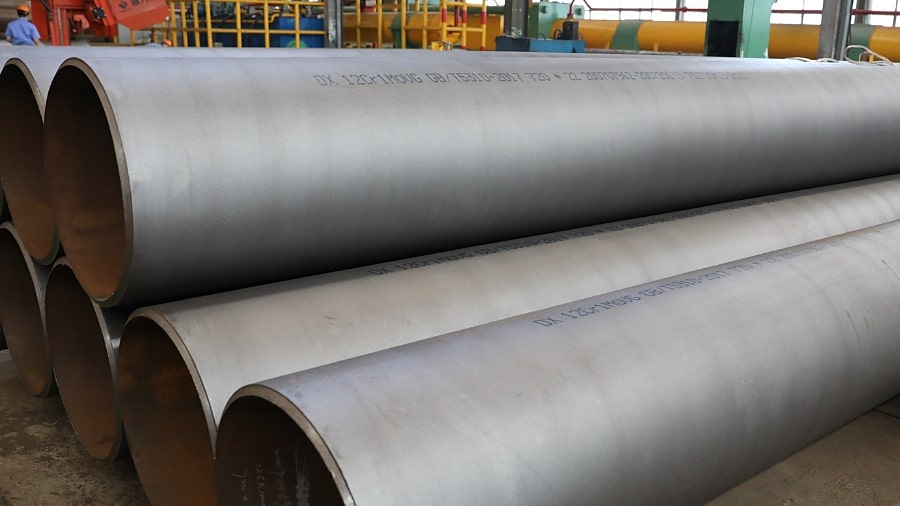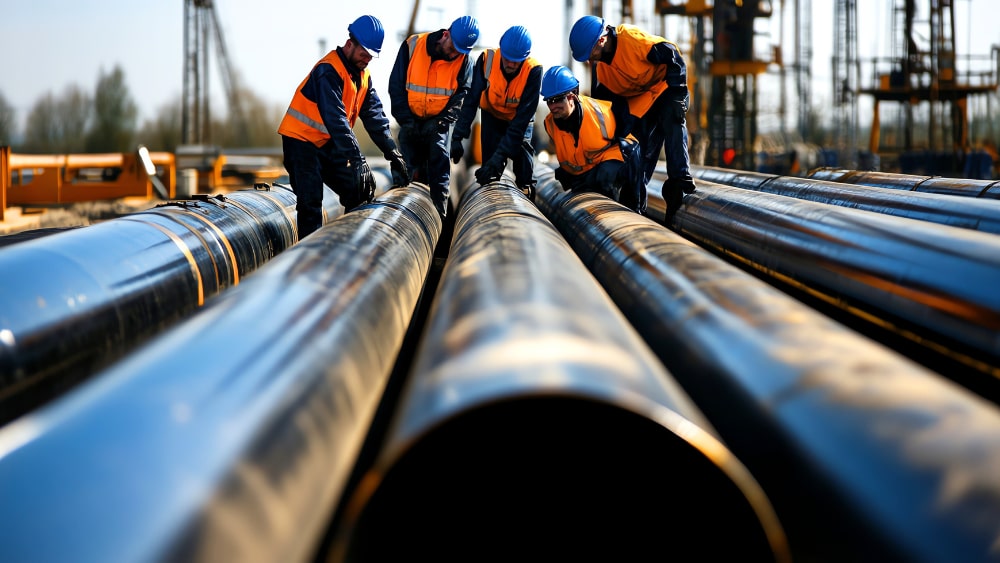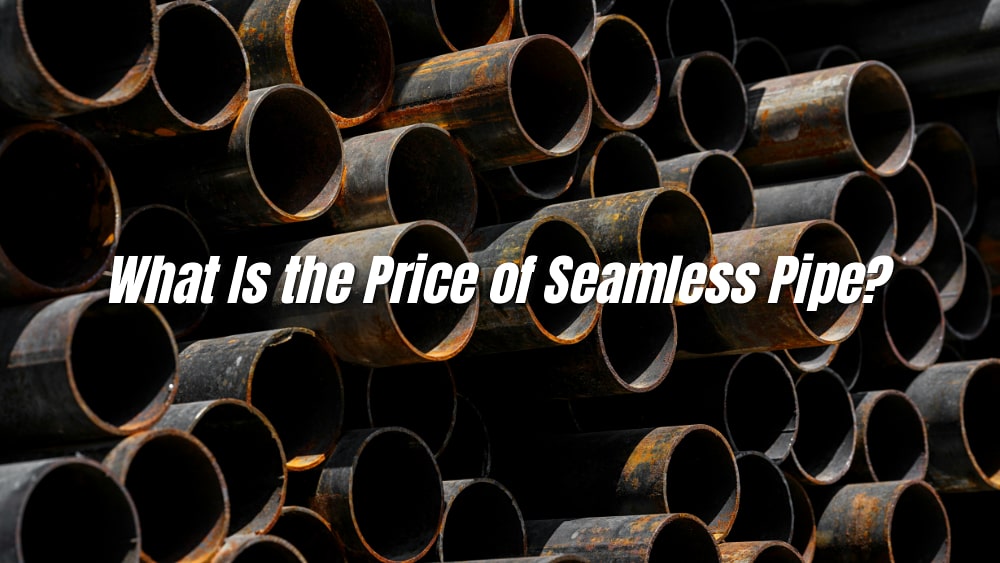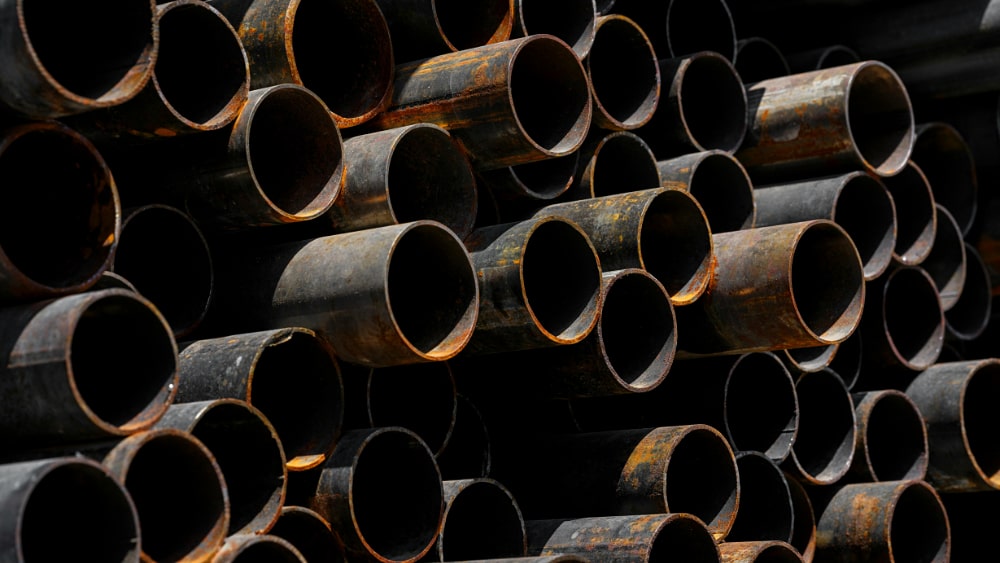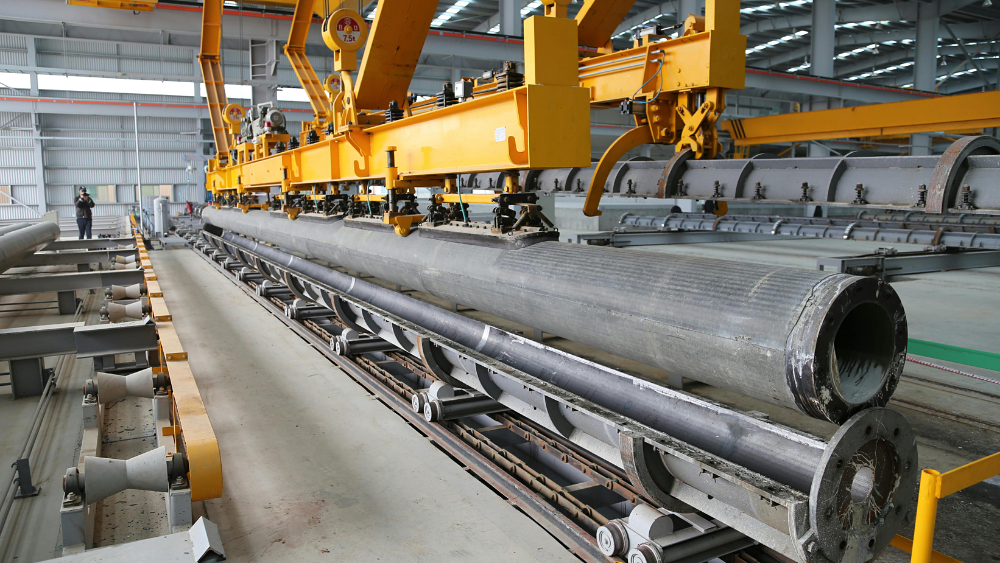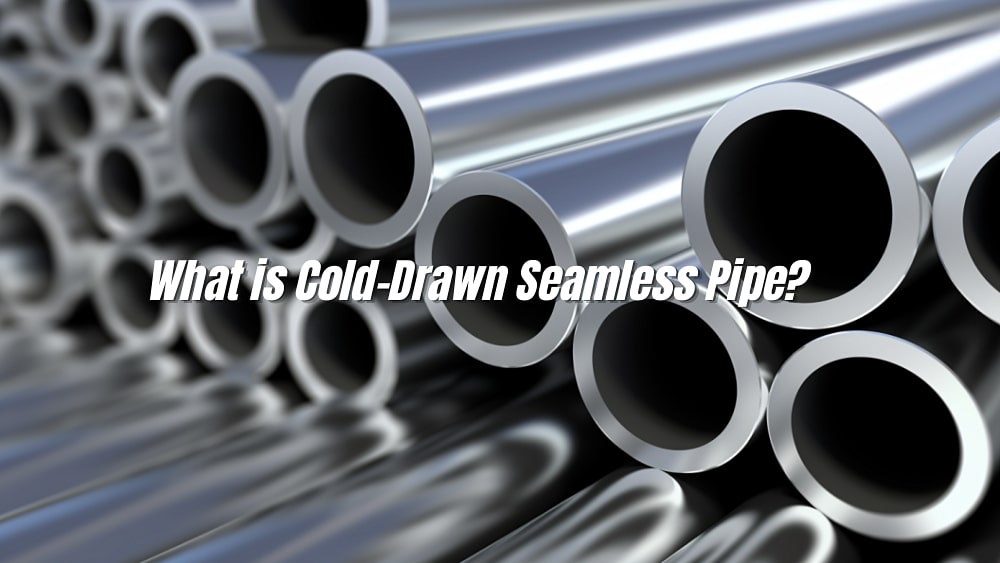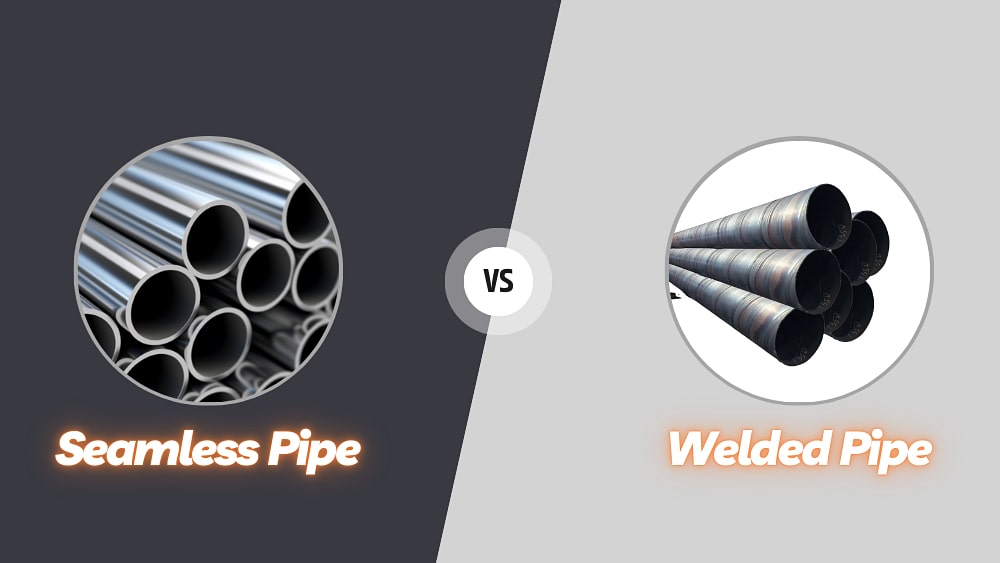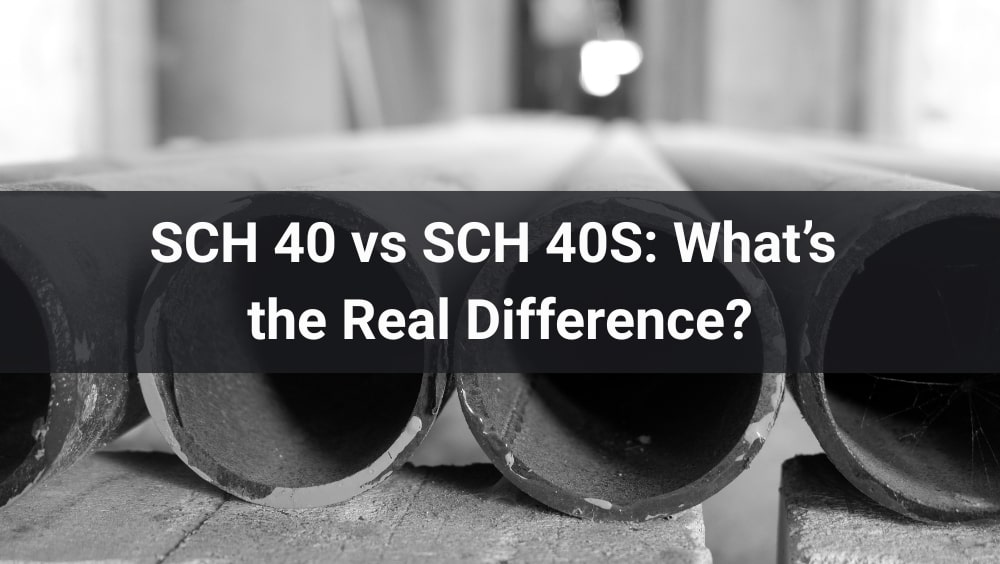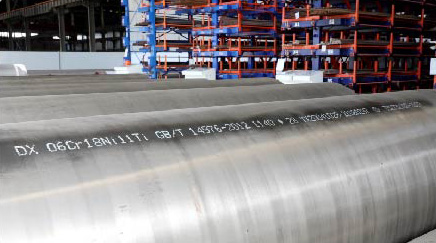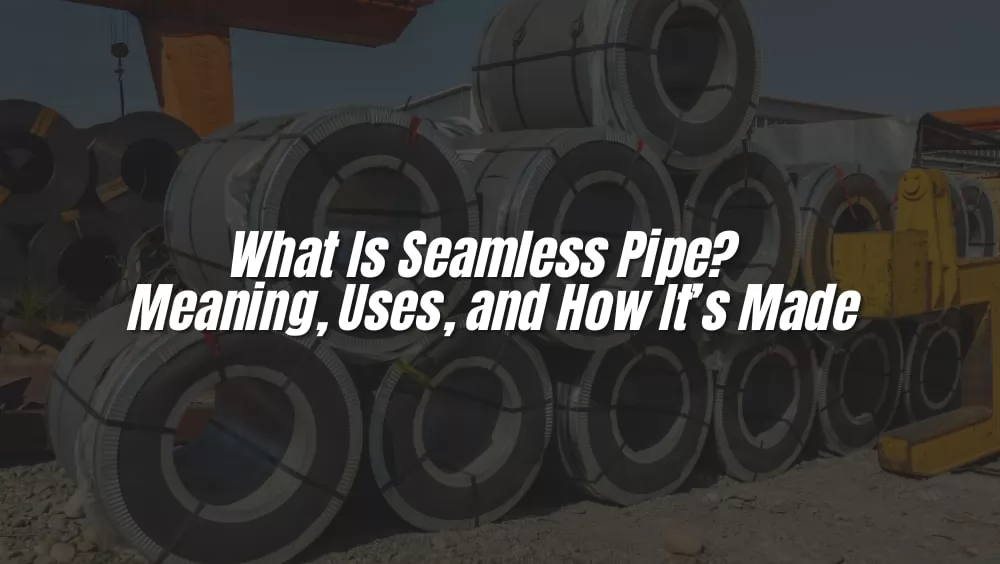
Ever found yourself wondering what is seamless pipe and why it’s such a vital component in modern industry? Curious about how it’s made, what sets it apart from welded alternatives, and where it’s commonly used? Maybe you’re trying to figure out how to identify seamless pipe, or you're debating whether seamless or ERW pipe is better for your next project?
Read on to learn what seamless pipe really is, how it is manufactured, the key differences from welded pipe, various application scenarios, and how to choose the right seamless pipe for your industry needs. Whether you are a first-time buyer or an experienced project engineer, this guide explains everything you need to know about seamless steel pipe in clear, practical terms.
Table of Contents
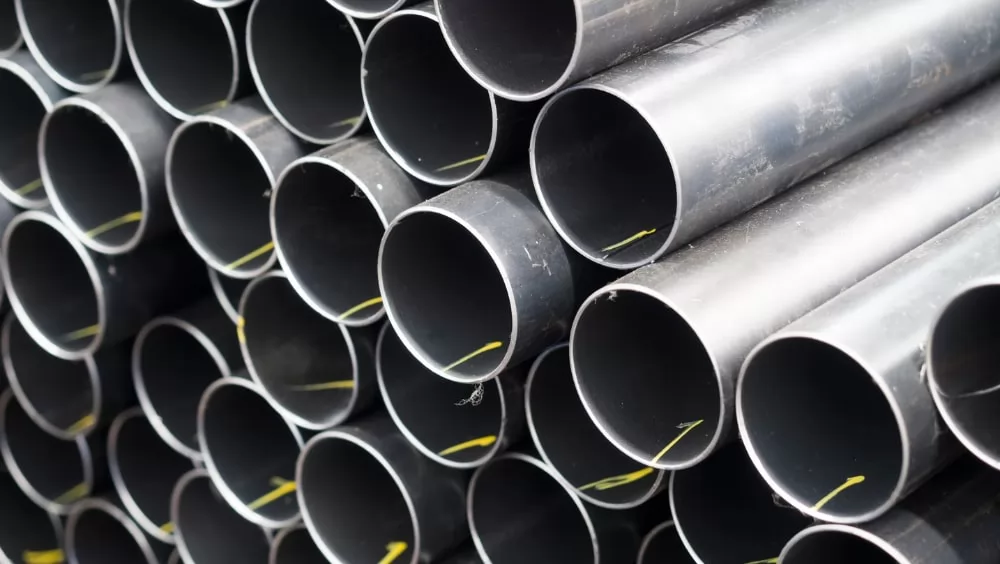
Seamless steel pipe is a type of pipe made from a solid steel billet that is pierced and elongated into a hollow tube—without any welding seams or joints. This unique manufacturing process gives it enhanced strength, pressure resistance, and uniformity, making it ideal for demanding applications in industries like oil and gas, petrochemicals, power generation, and structural engineering.
So, what is seamless steel pipe really used for? From transporting high-pressure fluids to serving as structural support in harsh environments, seamless pipes are engineered to perform where welded pipes may fall short. Because there are no welded joints, the pipe offers a smooth, uninterrupted surface—both inside and out—which reduces the risk of weak points, corrosion, and cracking over time.
What sets the seamless pipe apart is its ability to withstand higher temperatures and pressures without deforming or leaking. This makes it a go-to choice for applications where safety, performance, and longevity are critical.
Seamless steel pipes are made through a specialized process that transforms a solid round steel billet into a hollow, cylindrical pipe without any welding. Here's a brief overview of how seamless steel pipes are manufactured:
This seamless process avoids welding lines, resulting in pipes with superior mechanical strength and smooth internal surfaces—ideal for high-pressure, high-temperature, or corrosive applications.

A common question buyers ask is how to identify seamless pipe correctly. Choosing the right type is crucial for applications that require high pressure, high temperature, and structural integrity. Here are some practical tips to help you distinguish seamless pipes from welded ones:
1. Check for Weld Seams
The simplest way to identify a seamless pipe is by looking for the absence of a visible weld seam. Welded pipes are manufactured by rolling and welding a steel plate or strip, which leaves a straight or spiral seam along the pipe’s length. In contrast, seamless pipes are made from a solid billet that is pierced and rolled without any welding, so there are no seams or joints. This smooth finish is a key indicator when you inspect the outer and inner surfaces.
2. Uniform Wall Thickness
Seamless steel pipes are known for their consistent wall thickness around the entire circumference. Welded pipes, especially lower-quality ones, may show slight variations near the weld area, which can be detected by ultrasonic testing or precise measurements. If you want to know how to identify seamless pipe quickly, run your hand along the surface — a smooth, even thickness without ridges usually means it’s seamless.
3. Manufacturer Marks and Standards
Reputable manufacturers clearly mark their pipes according to international standards such as ASTM A106, API 5L, or EN10210. These markings often include the grade, size, heat number, and a note indicating whether the pipe is seamless (SMLS). Always check the pipe markings and request mill test certificates (MTC) to verify the pipe’s origin and production process. This is an important step for buyers concerned about quality assurance and compliance.
Knowing how to identify seamless pipe helps ensure you get the right product for demanding uses in oil and gas pipelines, boiler tubes, mechanical engineering, and structural applications. If you’d like to learn more about where these pipes are used, check out our related article on 7 Common Applications of Seamless Steel Pipes for more practical insights.
Seamless steel pipes are critical components across a wide range of industries due to their strength, durability, and ability to withstand high pressure, temperature, and corrosive environments. Because seamless pipes are made without any welding seams, they offer superior mechanical performance and structural reliability—making them ideal for demanding industrial and engineering applications. Below are the main sectors where seamless steel pipes play an indispensable role.

One of the largest consumers of seamless steel pipes is the oil and gas sector. These pipes are used extensively for exploration, drilling, transportation, and refining. Common applications include casing pipes, tubing, and line pipes for transporting crude oil, natural gas, and refined products. Because of their ability to resist pressure and corrosion deep underground or undersea, seamless steel pipe is preferred over welded alternatives. What is the difference between seamless and welded pipe? In this industry, the difference can mean fewer failures and better safety performance under extreme conditions.
In power plants—whether nuclear, thermal, or renewable—seamless pipes are used for high-pressure steam lines, boiler tubes, and heat exchangers. These components operate under extreme temperatures and internal pressures, which is why how seamless pipe is made becomes important. The absence of welded joints ensures uniform stress distribution and long service life, even under cyclic loading and thermal expansion.
From drive shafts and steering columns to suspension systems and hydraulic components, seamless steel pipes are widely used in automotive manufacturing. Their ability to be machined into precision parts with consistent tolerances makes them a natural fit for high-performance mechanical systems. Is seamless pipe stronger than welded? For many high-load, rotating parts, the answer is yes—making them essential in vehicle safety and performance.
In chemical plants and refineries, seamless pipes transport corrosive fluids and gases at high temperatures. These environments demand materials with high resistance to wear and chemical attack. Seamless pipes made of stainless steel, alloy steel, or duplex steel are commonly used for heat exchangers, reactor coils, and process piping. Their smooth inner surface reduces the risk of buildup and contamination, which is vital in precise chemical processes.
Seamless steel pipes are also used in architectural structures, bridge supports, offshore platforms, and infrastructure projects. Their high load-bearing capacity and uniform mechanical properties make them ideal for withstanding wind loads, seismic activity, and dynamic forces. What is meant by seamless pipe in construction? It means reliability and long-term structural integrity with minimal maintenance.
How are seamless pipes made affects their ability to handle internal pressures. That’s why they are the material of choice for boiler tubes, superheater tubes, and pressure vessels. In these applications, failure is not an option, and the flawless, homogeneous structure of seamless pipe ensures safe and stable operation.
Marine-grade seamless steel pipes are used in ship hulls, pressure systems, and fluid handling applications. Their resistance to saltwater corrosion and structural fatigue is crucial for long-term service in harsh offshore environments.
If you’d like to understand these uses in detail, don’t miss our in-depth article on the 7 Common Applications of Seamless Steel Pipes, where you can learn how they add value to each industry.
| Aspect | Seamless Pipe | Welded Pipe |
|---|---|---|
| Production Process | Made from a solid billet; heated and pierced to create a hollow tube with no weld seam. | Manufactured by rolling steel into a tube and welding the seam longitudinally. |
| Strength & Pressure Resistance | Higher strength with no weak points; ideal for high-pressure, high-temperature applications. | Good for moderate pressure; the welded seam can be a weak point under extreme conditions. |
| Cost | More expensive due to complex manufacturing and higher quality raw materials. | More cost-effective and widely available; easier and faster to produce. |
| Size Availability | Typically limited in larger diameters but suitable for thicker walls. | Available in larger diameters and longer lengths; wall thickness can be limited by welding. |
| Common Applications | Oil & gas pipelines, boilers, high-pressure vessels, petrochemical plants. | Structural uses, water pipelines, fencing, low-pressure fluid transport. |
When comparing seamless pipes and welded pipes, it’s important to understand their key differences so you can choose the right type for your project.
Seamless pipes are produced from a solid steel billet that’s heated and pierced to create a hollow tube with no weld seam. This unique process gives seamless pipes higher strength and excellent pressure resistance, making them ideal for high-pressure and high-temperature applications like oil and gas pipelines, boilers, and petrochemical plants. However, this added strength and performance come with a higher cost due to the complex manufacturing process and the quality of raw materials used.
Welded pipes, on the other hand, are made by rolling steel into a tube and welding the seam longitudinally. While this production method is faster and more cost-effective, the welded seam can be a potential weak point under extreme conditions, so they’re better suited for moderate pressure systems. Welded pipes are commonly used for structural purposes, water pipelines, fencing, and low-pressure fluid transport.
In terms of size availability, seamless pipes are preferred for thicker wall requirements but may be limited in larger diameters. Welded pipes, however, can be produced in larger diameters and longer lengths but with limitations on wall thickness due to the welding process.
Understanding these differences helps ensure you select the pipe that balances performance, cost, and reliability for your specific application.
Tip: Choosing between seamless and welded pipes depends on your project’s pressure, temperature, and safety requirements. For critical, high-stress environments, seamless pipes are often the better choice.
Seamless pipes offer unmatched durability and performance in demanding environments, from energy to aerospace and beyond. Their unique manufacturing process ensures fewer weak points, making them a preferred choice for critical projects.
With this understanding, you can confidently select seamless pipes that meet your project’s specific needs, balancing safety and efficiency.
For reliable, high-quality seamless pipes, Dexin Steel Tube is your trusted partner — delivering excellence to help your projects succeed under any challenge.
Your Name*
Your Email*
